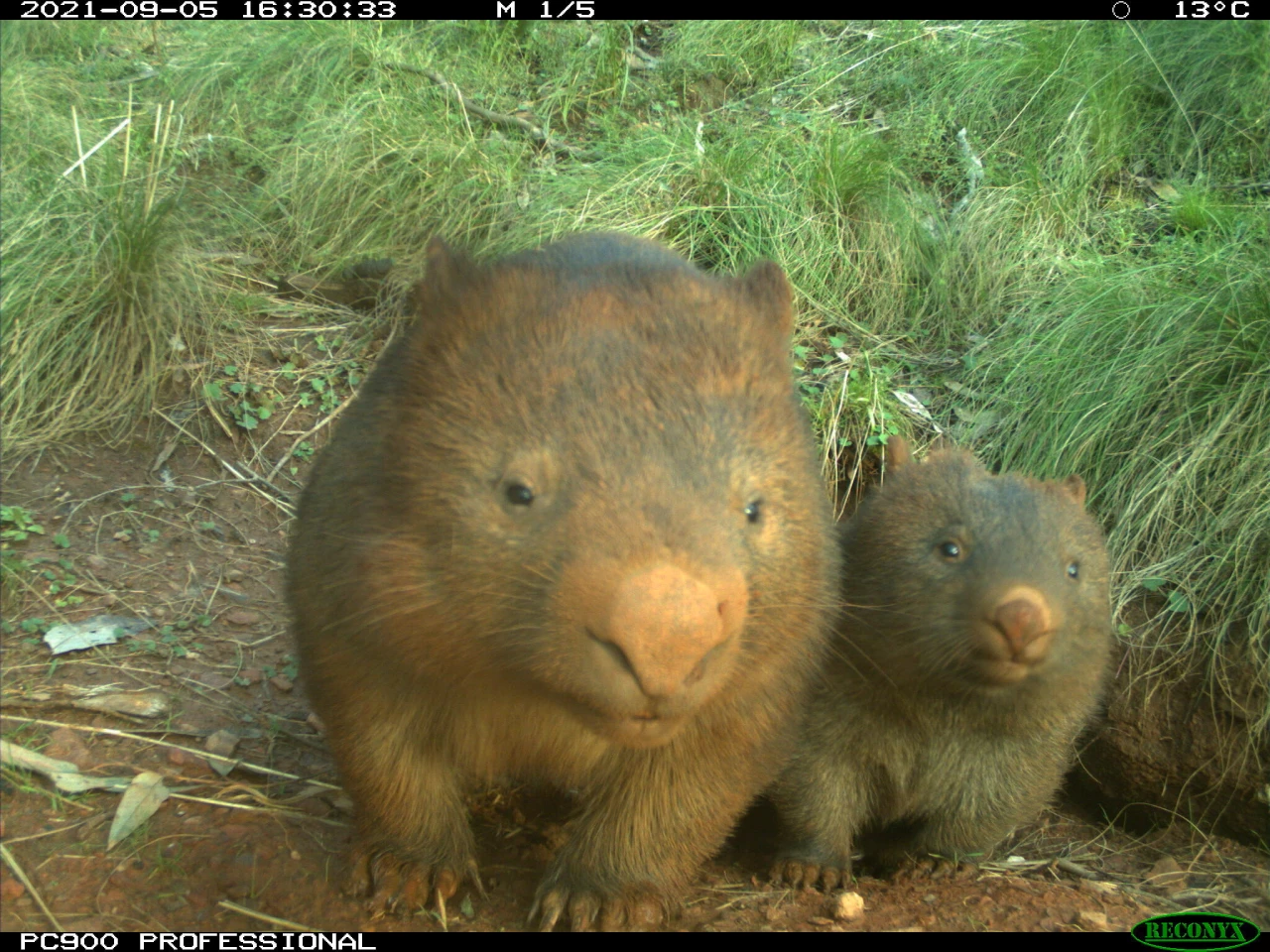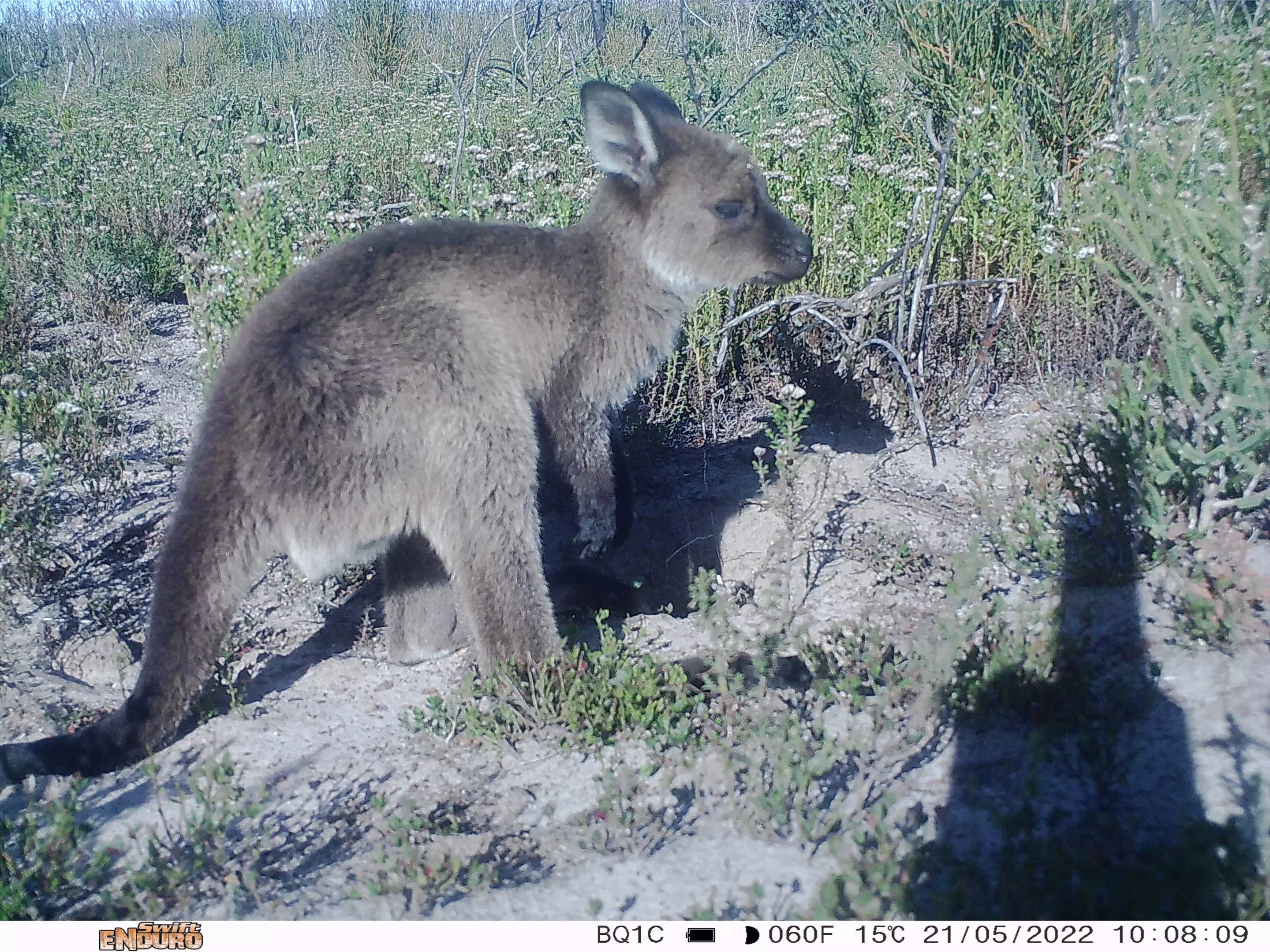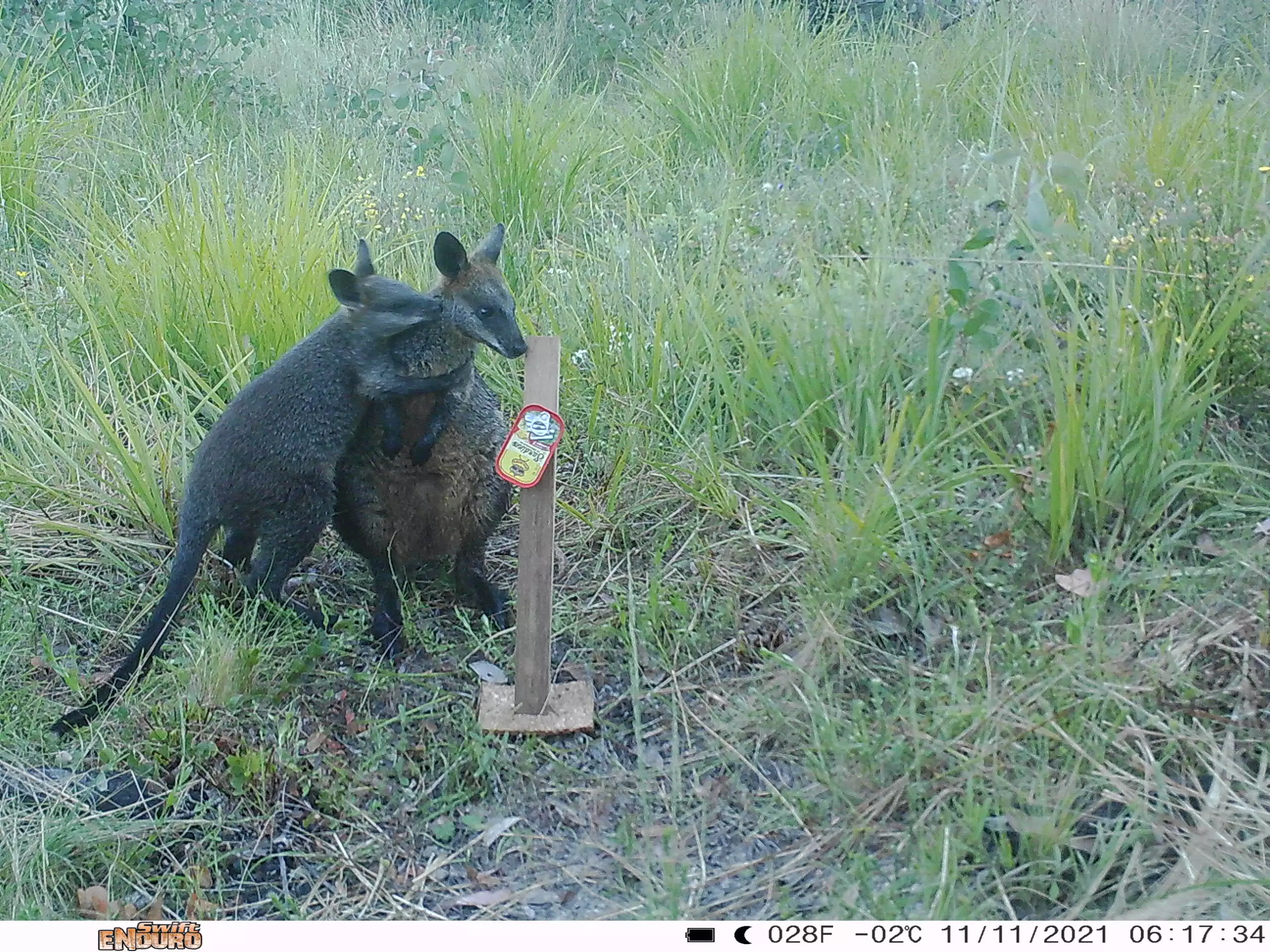With the world in a state of unrest as to what impact AI will have on our working life, there’s one job it’s claiming – and scientists are more than happy to hand it over. The technology is proving to be an unlikely hero in conservation, sorting through millions of camera-trap images to accurately identify animal species in a fraction of the time it would have previously taken human eyes (and with poorer results).
In the first of two major projects, researchers from Turkey’s Near East University and the Tasmanian state government in Australia have rolled out AI software that can instantly identify if one of the carnivorous marsupials has devil facial tumor disease (DFTD).
This transmittable parasitic cancer spreads across the animal’s face, making it difficult for them to feed, with many starving to death. A narrow gene pool and an enthusiasm for run-ins with fellow devils over food, mating and territory has seen the fatal cancer ravage the endangered species. While a vaccine has been in development for some time, right now the best intervention is being able to identify and isolate infected animals.
Which is where AI comes in. Using U-Net and Resnet-18 neural network image-recognition tools, researchers were able to sort through images to not just spot the Tasmanian devils but classify whether facial lesions were DFTD or just common injuries incurred by fighting with each other.
From 1,250 images, the AI was able to identify 961 healthy and 289 diseased devils, with an accuracy of 92.4%. This automated, fast and reliable system that enables an almost real-time response might prove key to saving this species from extinction.
AI is also being used to identify wildlife and observe how nature recovers from devastating natural disasters. It’s estimated up to three billion animals perished in the 2019-2020 Australian summer bushfires.
A unique partnership with the World Wide Fund for Nature (WWF) and Google’s AI platform Wildlife Insights, the Eyes On Recovery project is tracking nature’s recovery, and it’s so far gathered more than seven million images from hundreds of cameras set up in the fire-ravaged regions.
The AI has been trained with more than three million images of Australian animals, and has identified, with over 90% accuracy, more than 150 species so far – including the endangered Kangaroo Island dunnart, a mouse-like marsupial that even researchers have trouble picking out in camera-trap images.

“The new Wildlife Insights AI model has dramatically reduced the time ordinarily required to process camera trap images,” said Emma Spencer, WWF-Australia program coordinator for Eyes on Recovery. “Having a computer do the arduous task of removing blank images from the data, and identifying important species, many of our partners are reporting at least a five- to 10-times increase in their image processing speeds. That means data which usually takes 500 hours to sort, is now being processed in around 100 hours.”

While adorable animal selfies abound, the tech has the potential to give scientists an insight into wild animal populations like never before, and could also be used to monitor invasive species and sites proposed for development or mining.
The Tasmanian devil study was published in the CSIRO journal Wildlife Research.
Citizen scientists can get involved in gathering data, too, setting up wildlife cameras as part of the worldwide Wildlife Insights model.
You can view some of the highlights so far from the Eyes on Recovery project in this gallery. And for more, check out the video below.
Source: WWF






















